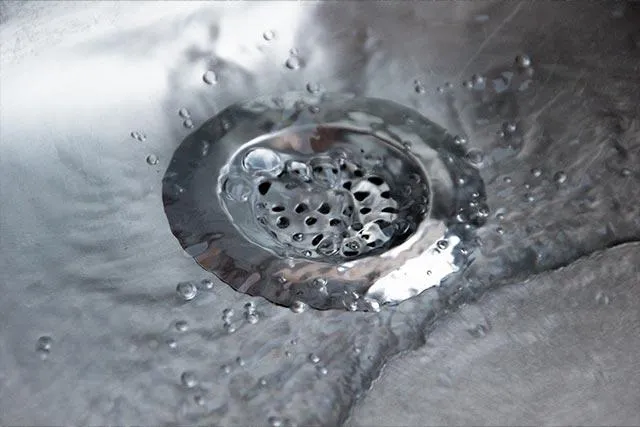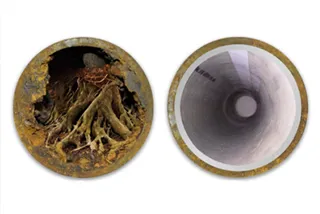Welcome To
Allan E. Power
For Immediate 24 Hour Plumbing Service Dial: (708) 352-1670
Plumbing and Sewer Service
Brookfield, IL
When plumbing issues are affecting your home, look to Allan E Power for expert solutions. Call us at 1-708-352-1670 and let our technicians solve your issues today! Click here to save with our coupons and discounts.
When it comes to the well-being of homes in and around Chicago, having a properly functioning plumbing system is critical to your daily life. When these systems break down you could find yourself in a serious predicament. At Allan E. Power Plumbing we want to take the stress out of these situations through the use of our industry-leading customer service.
No matter what your issues may be, you can rest assured that our experts will be able to solve them for you. See what some of our happy customers have to say here, and call us today!
You can expect:
100% Satisfaction On All Services
Uniformed & On-Time Technicians
Up-Front Pricing and Affordable Rates
A Family Owned & Operated Company
Our Services
We provide a wide range of sewer and plumbing services to residential and commercial customers in the Brookfield, IL and nearby areas.

Sewer Repair
Slow drains, toilets not flushing and floor drains backing up are indicators that you should have your sewer inspected.

Water Heaters
If you have a leaky water heater, rusty water from your faucets or hot water delays, then you should have your water heater inspected.

Sump Pumps
Sump Pump neglect can lead to a flooded basement if you don’t have regularly scheduled maintenance and your battery checked.

Drain Clogs
Slow drains, toilets not flushing and floor drains backing up are indicators that you should have your sewer inspected.

Sewer Lining
Cracks, leaks, or root invasions in your pipes can lead to sewer damage. Sewer lining is a quick, non-invasive solution to restore your pipes without excavation.

Sewer Rodding
The trees in your yard may be the “root” of your plumbing problems because their roots can grow into your main sewer line and clog them.
Need Electrical Help?
Ask Us About Backup Generators!

Now Installing - Free Estimates
The Allan E. Power 24/7 Difference

ON-TIME
SERVICE

UP-FRONT
PRICING

SATISFACTION
GUARANTEED
What Our Customers Say
Learn why we are the top plumber in Brookfield, IL!
THE #1 PLUMBING CONTRACTOR SERVING
BROOKFIELD, IL AND NEARBY AREAS
Allan E. Power Plumbing
8800 W. 47th St.
Brookfield, IL 60513
(708) 352-1670
Our Services
Allan E. Power Plumbing is a full service plumbing contractor specializing in sewer repair, water heaters, sump pumps, drain clogs, sewer rodding and sewer lining in Brookfield, IL and nearby areas.
Our Service Area
Allan E. Power proudly serves:
Brookfield | Burr Ridge
Clarendon Hills | Countryside
Downers Grove | Forest View
Hinsdale | Indian Head Park
La Grange | Lyons | North Riverside
Oakbrook | Riverside | Summit
Westchester | Western Springs
Westmont | Willowbrook
Willow Springs
Hours of Operation

Allan E. Power Plumbing is proud to be part of the 24/7 Services Inc. family — trusted experts in
plumbing, sewer, and electrical service 24 hours a day, 7 days a week.
© 2024 - Allan E. Power Plumbing - Serving in and Around Brookfield, IL


